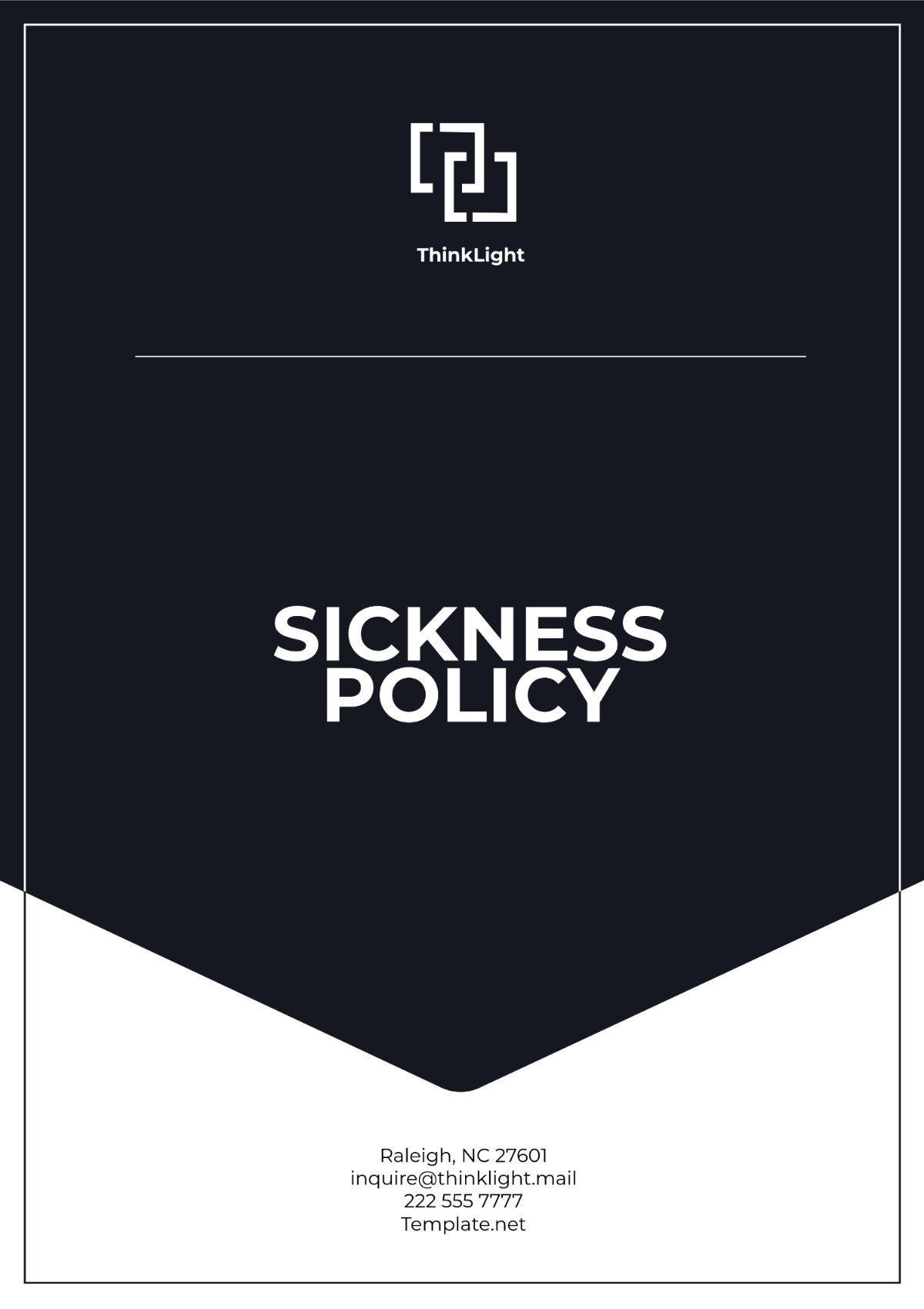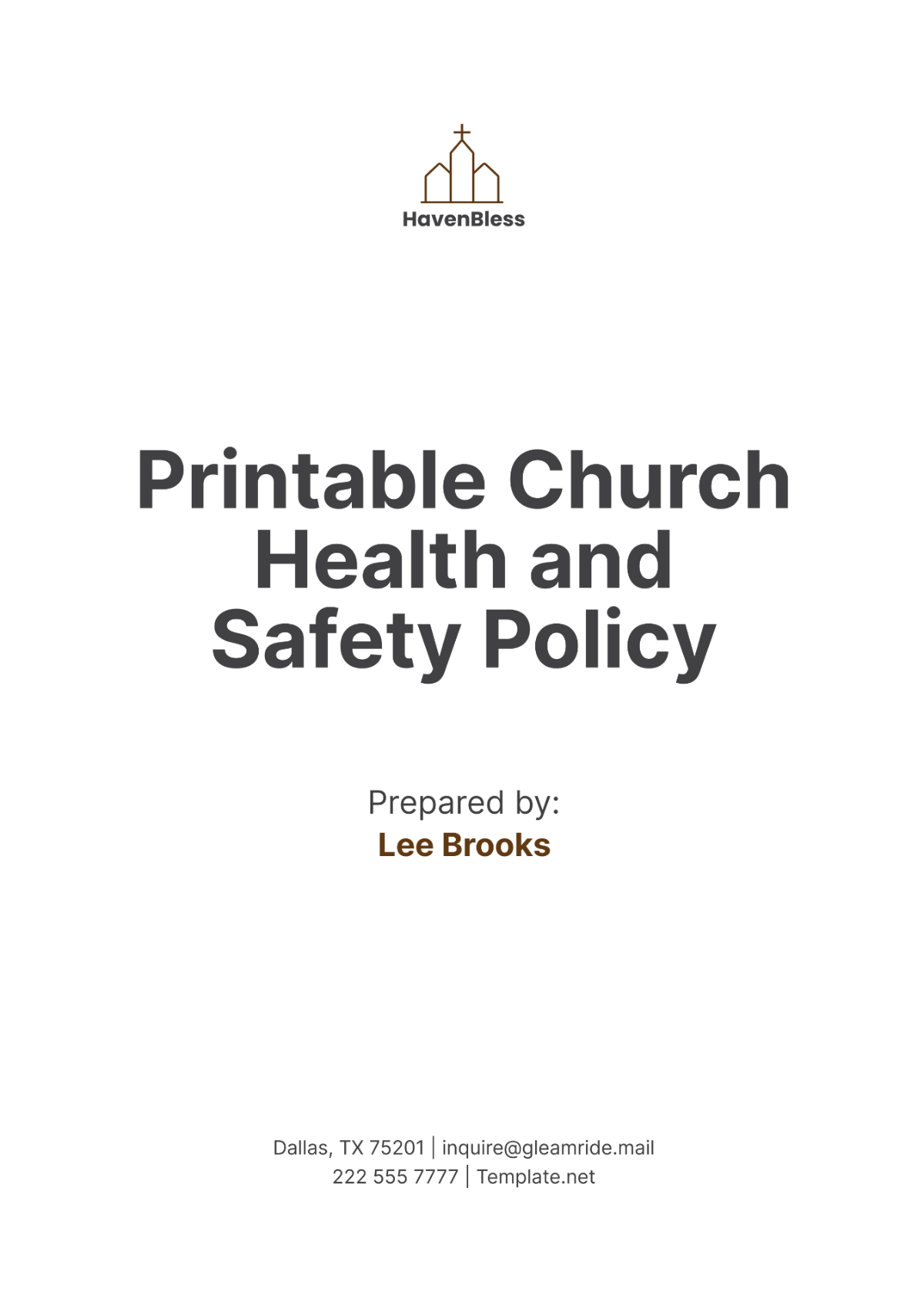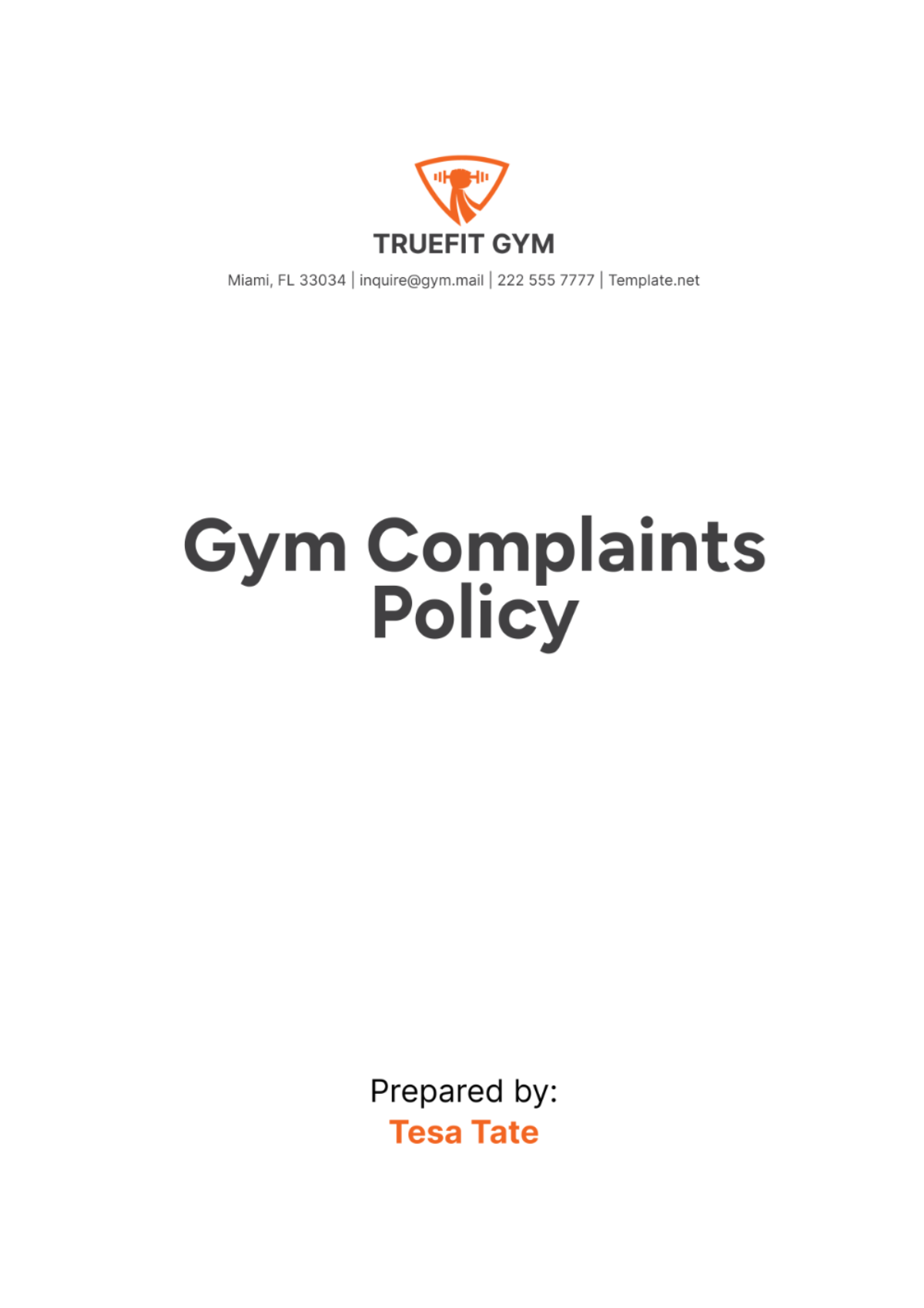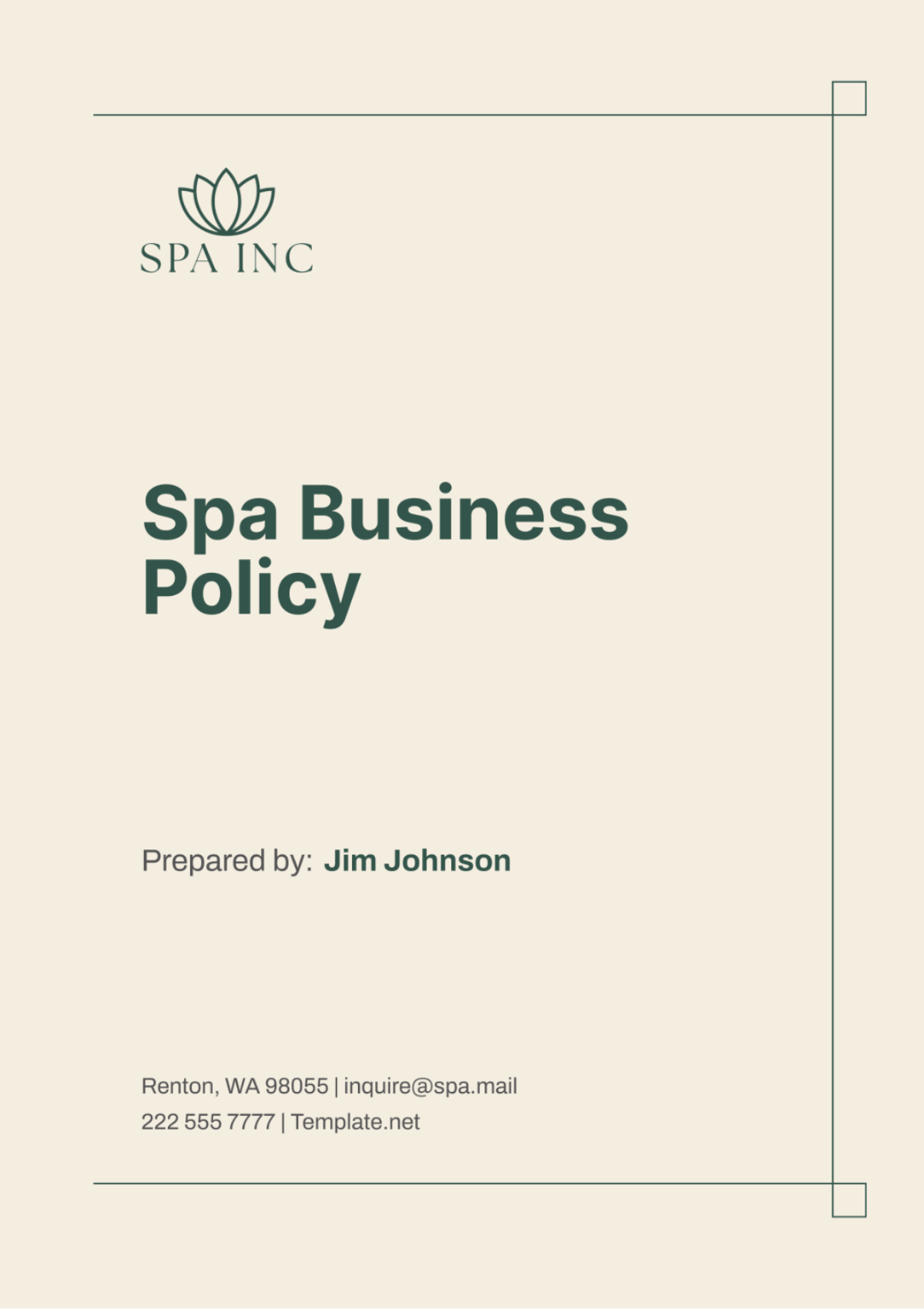Mining Health and Safety Policy
I. Introduction
This Health and Safety Policy is designed to protect our workforce, minimize risks, and foster a culture of safety awareness. It outlines our commitment to creating a safe working environment in the inherently challenging mining industry by adhering to best practices, regulations, and innovative solutions.
Commitment to Safety
The company is committed to preventing workplace injuries and illnesses by promoting a proactive safety culture. All employees are empowered to prioritize safety. This policy applies to all employees, contractors, and visitors at our mining sites. It ensures a consistent approach to safety standards.
II. Hazard Identification and Risk Assessment
Proactively identifying and assessing hazards is essential to ensure safe operations in the mining industry. This section highlights how [Your Company Name] manages risks effectively.
Routine Inspections: Regular site inspections are conducted to identify potential hazards. Any risks detected are promptly addressed.
Risk Categorization: Hazards are classified based on severity and likelihood of occurrence. This allows resources to be allocated efficiently for mitigation.
Worker Involvement: Employees are encouraged to report unsafe conditions without fear of reprisal. Their insights are critical in identifying risks.
Use of Technology: Advanced tools like drone surveillance and real-time monitoring systems enhance hazard detection. These technologies ensure a thorough assessment.
Documentation: All identified hazards and associated risks are documented systematically. This information is used to create targeted safety interventions.
III. Emergency Preparedness
Preparedness is critical to minimizing the impact of emergencies. This section outlines the strategies in place to handle emergencies efficiently.
Response Plans: Comprehensive emergency response plans are developed for scenarios such as mine collapses, fires, or hazardous material spills. These plans include evacuation protocols.
Training and Drills: Employees participate in regular emergency drills to ensure readiness. These drills are adapted to reflect real-world scenarios.
Resource Allocation: Adequate emergency equipment, such as first aid kits and fire extinguishers, are strategically placed. This ensures quick access during incidents.
Communication Systems: Reliable communication channels are established to coordinate responses effectively. These systems are tested periodically for efficiency.
Coordination with Authorities: Partnerships with local emergency services ensure rapid external support. This collaboration enhances overall response capabilities.
IV. Personal Protective Equipment (PPE)
Proper use of PPE is essential to safeguard employees from exposure to workplace hazards. This section emphasizes the role of PPE in maintaining safety.
Provision of PPE: All employees are provided with appropriate PPE based on their job roles. Examples include helmets, respirators, and protective gloves.
Mandatory Usage: Strict policies enforce the consistent use of PPE during operations. Non-compliance is addressed through disciplinary measures.
Maintenance and Replacement: Regular checks ensure PPE remains in good condition. Damaged or worn-out equipment is replaced promptly.
Training: Employees receive training on the correct use, storage, and maintenance of PPE. This minimizes misuse and enhances effectiveness.
PPE Audits: Periodic audits assess the adequacy and usage of PPE across all sites. These audits inform policy updates.
V. Safety Training
Training is a cornerstone of fostering a knowledgeable and safety-conscious workforce. This section details the training programs at [Your Company Name].
Induction Training: New employees undergo safety induction sessions to familiarize themselves with site-specific hazards. These sessions ensure awareness from day one.
Ongoing Education: Regular refresher courses keep employees updated on safety protocols and emerging risks. These courses enhance preparedness.
Specialized Training: Role-specific training is provided for high-risk tasks, such as operating heavy machinery. This ensures skillful and safe execution.
Cultural Sensitization: Training programs incorporate cultural aspects to address diverse workforce needs. This fosters inclusivity and mutual understanding.
Evaluation Metrics: Training effectiveness is evaluated through assessments and on-site observations. Feedback from these evaluations informs program improvements.
VI. Safety Performance Metrics
Using measurable safety performance indicators is critical to tracking progress and identifying areas for improvement.
Metric | 2054 | 2055 | 2056 | Target (2057) |
|---|---|---|---|---|
Lost Time Injuries (LTI) | 12 | 9 | 7 | <5 |
Safety Training Hours | 5,000 | 6,500 | 7,000 | 8,000 |
PPE Compliance Rate | 90% | 95% | 97% | 100% |
The data shows a consistent improvement in safety metrics over the years. The reduction in LTIs highlights effective hazard management, while increased training hours reflect investment in workforce readiness. Continued focus on PPE compliance will help achieve the company’s safety goals.
VII. Incident Reporting and Investigation
Incident reporting and investigation help uncover root causes and prevent recurrence. This section discusses the company’s structured approach to managing incidents.
Reporting Protocols: Employees are encouraged to report all incidents and near misses immediately. A clear reporting chain ensures accountability.
Investigation Teams: Dedicated teams analyze incidents to identify root causes. Their findings guide corrective actions.
Documentation: Incident reports are systematically documented and archived. This creates a valuable knowledge base for future reference.
Corrective Actions: Findings from investigations lead to targeted corrective measures. These measures are tracked for implementation.
Transparency: Incident outcomes are shared with stakeholders to promote transparency and learning. This builds trust and fosters a culture of improvement.
VIII. Health and Wellness Programs
Employee health is integral to maintaining a safe workplace. This section highlights initiatives to promote physical and mental well-being.
Medical Check-ups: Regular health screenings are provided to monitor and maintain employee well-being. Early detection of health issues reduces risks.
Fitness Programs: On-site gyms and fitness initiatives encourage employees to stay active. These programs improve overall health.
Mental Health Support: Counseling services and stress management workshops address mental well-being. A healthy mind supports a safe workplace.
Nutritional Support: Healthy meals and snacks are offered at canteens to promote good nutrition. Balanced diets boost energy and focus.
Health Education: Educational campaigns raise awareness about occupational health risks. Informed employees make safer choices.
IX. Compliance and Audits
Compliance with regulations ensures accountability and fosters trust in operations. The audit schedule ensures consistent oversight across all aspects of the company’s operations. Timely inspections and reviews reinforce compliance and enhance safety outcomes.
Audit Type | Frequency | Next Scheduled |
|---|---|---|
Safety Audits | Quarterly | January 2057 |
Environmental Audits | Bi-Annually | December 2056 |
Equipment Inspections | Monthly | December 2056 |
X. Next Steps
To enhance safety standards, [Your Company Name] will focus on integrating advanced safety technologies and expanding employee engagement in safety initiatives.
Continued investment in training, equipment, and wellness programs will support a culture of excellence. Specialized training for high-risk tasks and leadership in safety will empower employees to take ownership of their roles in maintaining a secure environment.
Maintaining transparency in safety practices will also be a key focus. Regular updates to employees, stakeholders, and regulators about safety metrics and progress will build trust and reinforce the company’s commitment to health and safety.
These steps collectively aim to ensure the long-term success of [Your Company Name]'s safety objectives while setting a benchmark for excellence in the mining industry. By fostering collaboration across departments, the company will ensure the seamless implementation of safety measures and gather diverse perspectives for continuous improvement.

















































